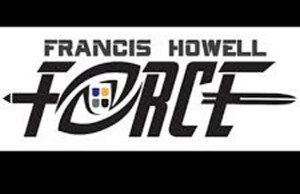 This year of 2015 marks the inaugural season for the Francis Howell Force, the scholastic rugby team with 28 players from all three schools in the Francis Howell School District.
This year of 2015 marks the inaugural season for the Francis Howell Force, the scholastic rugby team with 28 players from all three schools in the Francis Howell School District.
“I was interested in starting a rugby team,” rugby coach Trevor Locke said. “I pooled around for kids, and I got a lot of positive feedback from a lot of kids from all three schools.”
Of the 28 players, 18 are from FHN, seven are from FHHS, and three are from FHC. The diversity between the players and their schools seems like it would make for an extreme disadvantage, but that is not the way that Coach Locke sees it.
“All of the guys, regardless of their school, have really come together to become friends and establish great team chemistry,” Locke said.
On the rugby pitch, there are 15 players per team that are all denoted by number. Positions No. 1 through 8 are the forwards. The chief job of the forwards is to secure the ball, win rucks and make tackles, specifically in the open field. No. 1 through 3 are the front line, where they secure rucks and win scrums; No. 4 and 5 are the second row and the jumpers; and No. 6, 7 and 8 are the back row in charge of tackling and securing the ball. Position No. 9 is the half back, and he gets the ball from rucks; No. 10 is the fly half and is comparable to football’s quarterback; No. 12 and 13 are the inside and outside centers, respectively, and they are good with the ball and tackling; No. 11 and 14 are the wings, and they are the fastest players who usually score; and, lastly, No. 15 is the full back, and he is the player responsible for directing the players on his team.
“Most of the kids who came to play [rugby] had never played before,” Locke said. “They’re all learning an awful lot as the season goes along.”
In rugby, play is continuous. As soon as the player who has the ball is tackled, he must release the ball. After the ball is released onto the field, a ruck, or fracas for the ball, ensues. The winner of the ruck is allowed to attempt to move the ball down the field. The ball can be moved in one of three ways- running forward, passing backwards or kicking it forwards. After a punt, or a drop kick in which the ball does not touch the ground, only the team that did not punt the ball can touch it first. The ball can also be kick at the goal posts for three points. To make a legal drop goal, as it is called, one must drop kick the ball in such a way that it touches the ground before they kick it through the goal posts. This is worth three points. Points can also be scored by a player entering the in-goal area and touching the ball down, called a try. This is worth five points. After a try is scored, two extra points can be earned with a drop kick through the goal posts. As you can see, the game of rugby is very complex.
“I only started playing in college,” Locke said, “and I wanted the kids to get a basis for the skills of the game before they get to college. We’re really looking forward to learning more about the game and competing with everyone we play.”






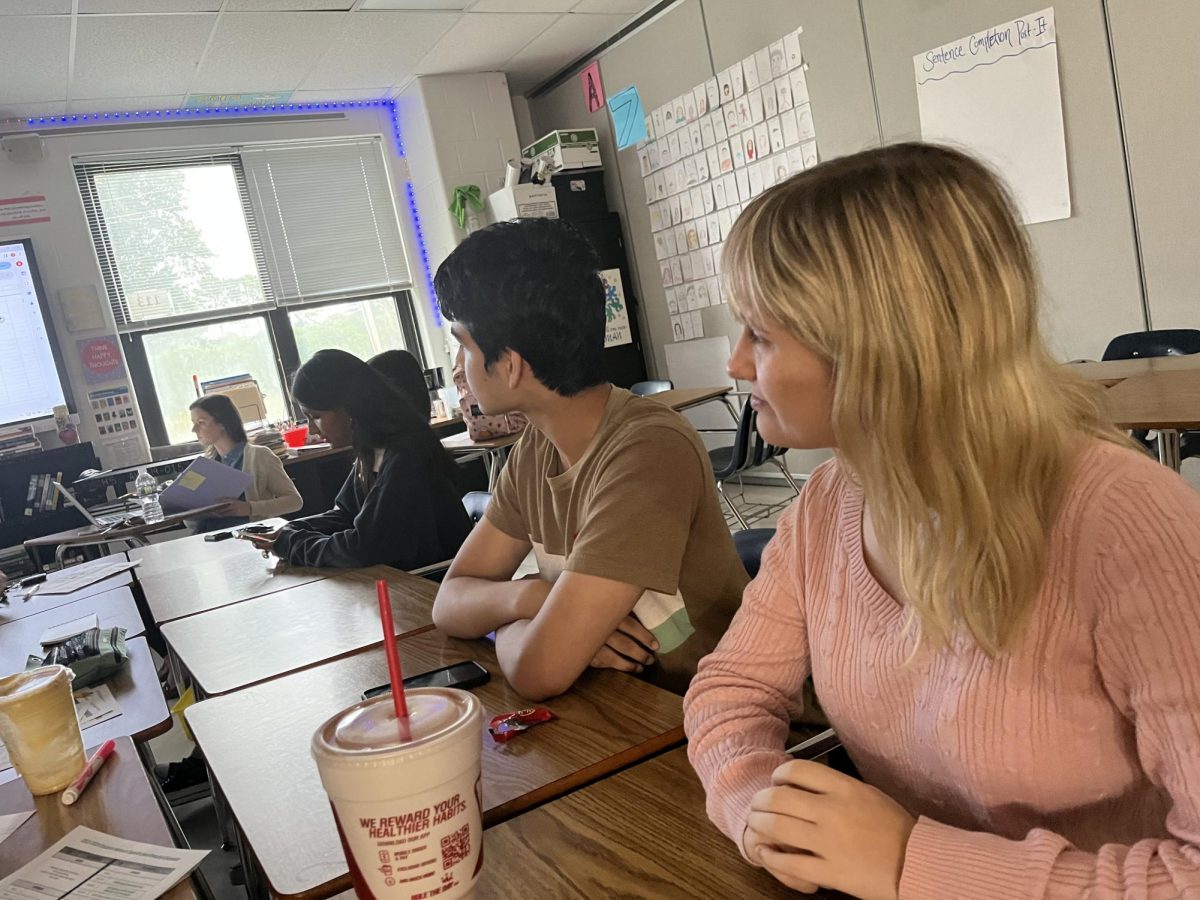





![4-28 Rugby vs. Lindbergh [Photo Gallery]](https://FHNtoday.com/wp-content/uploads/2018/04/ft-3-900x600.jpg)

![4-18 Rugby vs. Priory [Photo Gallery]](https://FHNtoday.com/wp-content/uploads/2018/04/ft-2-900x600.jpg)
![4-11 Rugby vs. Chaminade [Photo Gallery]](https://FHNtoday.com/wp-content/uploads/2018/04/ft-900x600.jpg)
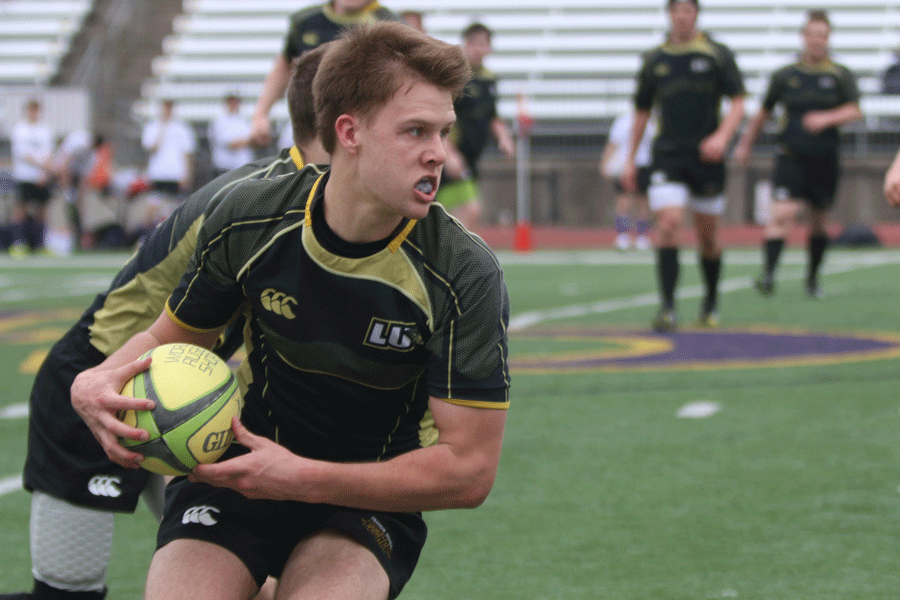

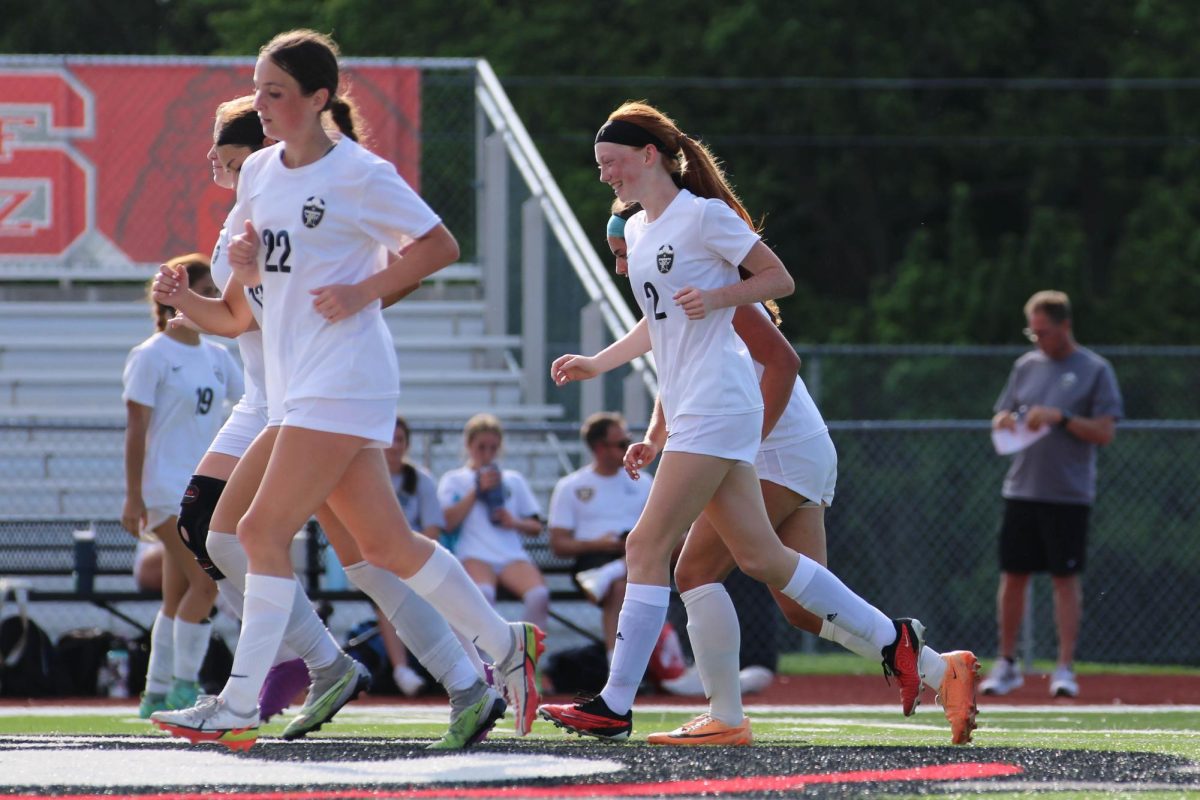

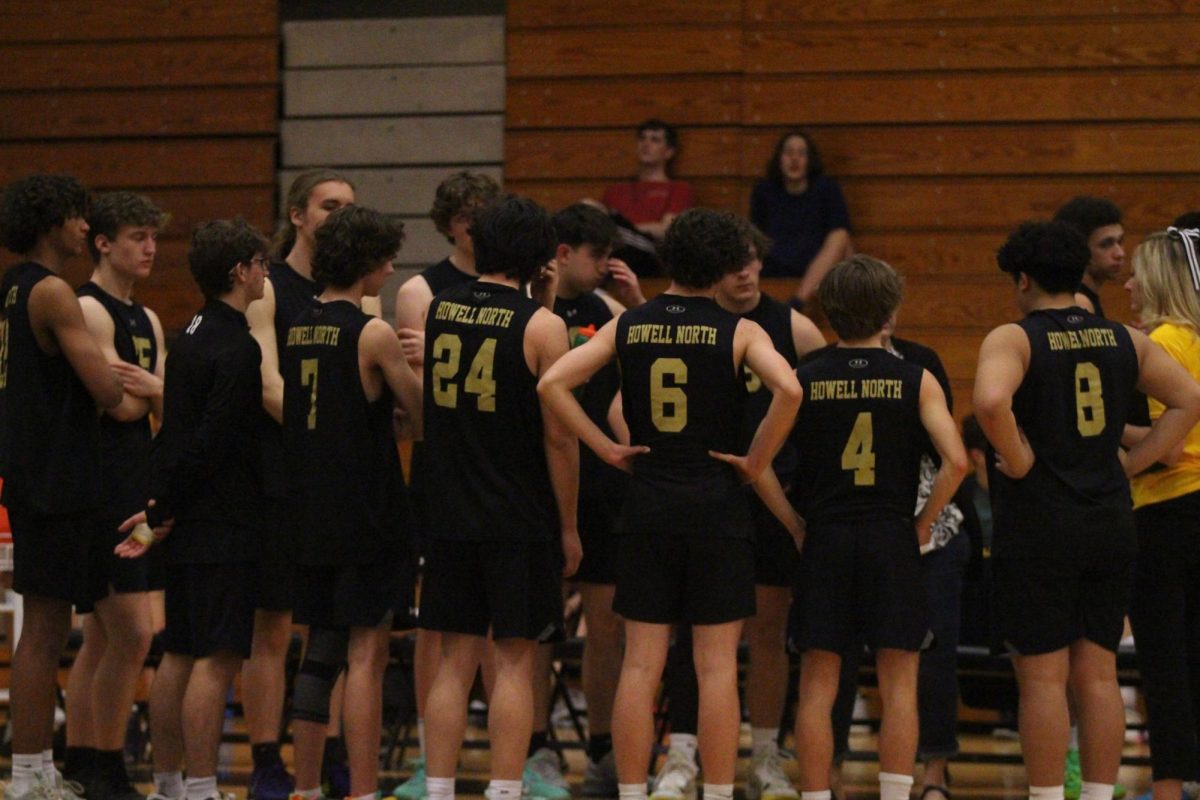

![Varsity Girls Lacrosse Defeats Edwardsville on Senior Night [Photo Gallery]](https://FHNtoday.com/wp-content/uploads/2024/05/IMG_8760-1200x800.jpg)